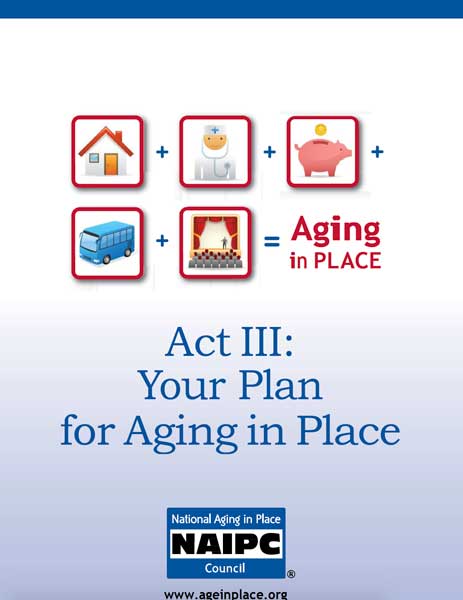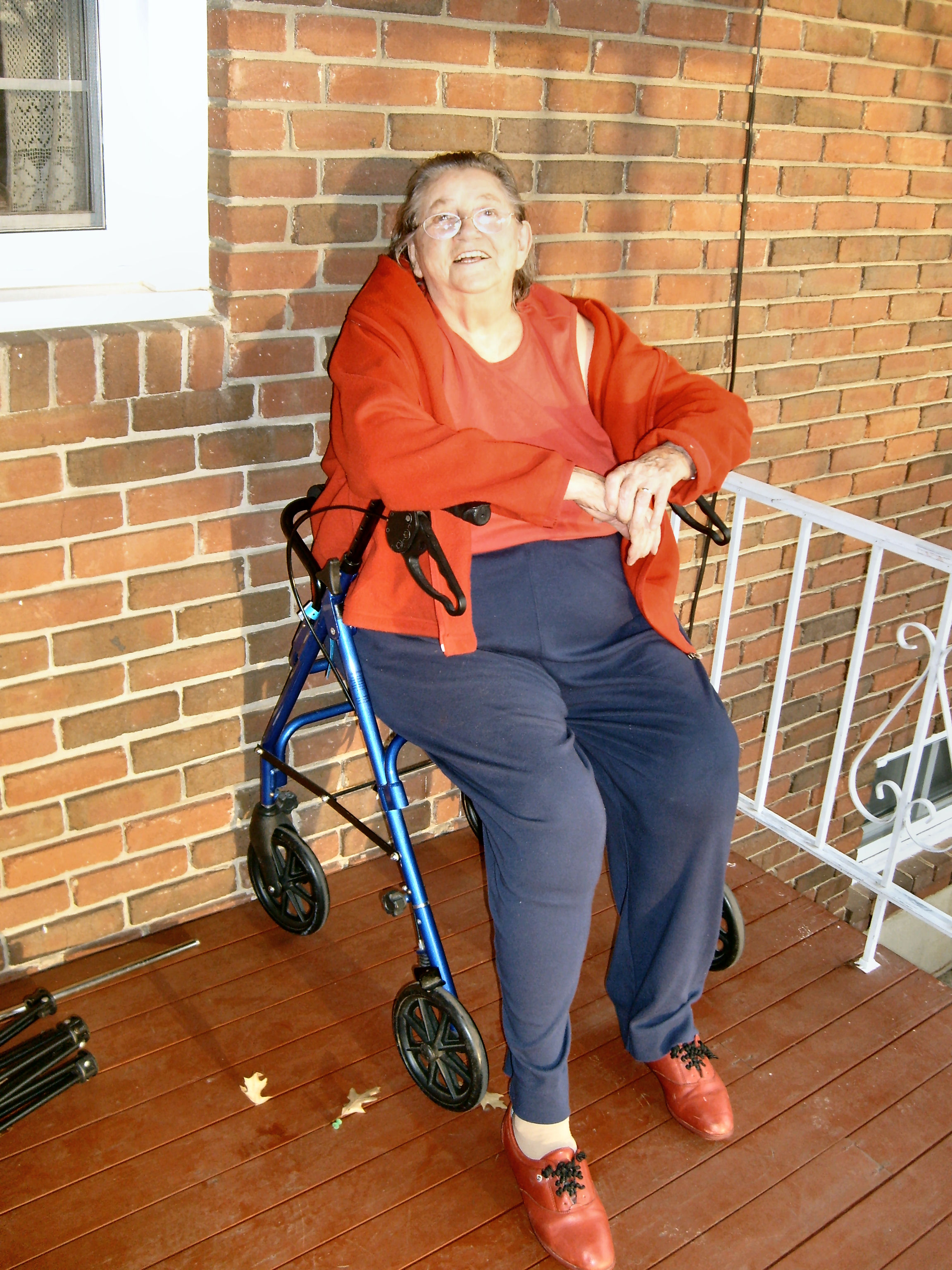As I am writing this, most people have spent a good part of the last week digging out from 22” of snow, a rare occurrence in these parts. However by the time you are reading this article spring is right around the corner and you might have even seen the first robin of spring. Springtime makes most people want to get outside in the fresh air and enjoy the great outdoors after having spent a lot of time indoors over the winter. Getting outside can be a challenge for anyone with any type of mobility issues, and being able to access the outdoor spaces around your home is just as important as access inside the home for a better quality of life.
 Let’s take a look at what to look for in designing and building an accessible yard and garden. A walkway with a firm, solid surface, a slope of no more than 1 in 12 and preferably 1 in 20 leading to all areas of the outdoors that you wish to access is critical to access for all. This walkway can be concrete, pavers, stepping stones, or a wood walkway. If stepping stones are used, it is important that they are closely spaced or else the spaces between the stones can make it difficult for someone using a wheelchair, walker or cane to negotiate. A great way to make the outside accessible is to build a porch, deck, or patio that is on the same level as the adjacent floor in the house and install a door with an accessible threshold. This approach allows someone using a wheelchair or a walker to come directly outdoors from the house and enjoy the fresh air. Special care is needed at the doorway to properly flash the transition and allow for drainage if the deck or patio is not covered. A wonderful approach is to build a roof over the porch and maybe even screen it in to keep those pesky insects away. Many people consider their screened porch “their favorite room in the house”. If you enjoy flower or vegetable gardening, you might want to consider raised beds or hanging baskets. I am sure everybody has seen the upside down tomato plants that are advertised all over the place. The idea is to create accessible spaces that work for everyone. Raised beds can be built like tables with knee space underneath for wheelchair users. These beds can be built from treated lumber or from naturally rot resistant wood such as cedar or tropical hardwoods like Ipe. A trellis or pergola can provide shade as well as a support for many kinds of vines. If you enjoy the outdoors, don’t let the fact that you are not as mobile as you used to be deter you from enjoying the outdoors. The sky is the limit. You are only limited by your imagination. If you enjoy the outdoors and would like some help designing and building an accessible outdoor living space give us a call at 540-384-2064.
Let’s take a look at what to look for in designing and building an accessible yard and garden. A walkway with a firm, solid surface, a slope of no more than 1 in 12 and preferably 1 in 20 leading to all areas of the outdoors that you wish to access is critical to access for all. This walkway can be concrete, pavers, stepping stones, or a wood walkway. If stepping stones are used, it is important that they are closely spaced or else the spaces between the stones can make it difficult for someone using a wheelchair, walker or cane to negotiate. A great way to make the outside accessible is to build a porch, deck, or patio that is on the same level as the adjacent floor in the house and install a door with an accessible threshold. This approach allows someone using a wheelchair or a walker to come directly outdoors from the house and enjoy the fresh air. Special care is needed at the doorway to properly flash the transition and allow for drainage if the deck or patio is not covered. A wonderful approach is to build a roof over the porch and maybe even screen it in to keep those pesky insects away. Many people consider their screened porch “their favorite room in the house”. If you enjoy flower or vegetable gardening, you might want to consider raised beds or hanging baskets. I am sure everybody has seen the upside down tomato plants that are advertised all over the place. The idea is to create accessible spaces that work for everyone. Raised beds can be built like tables with knee space underneath for wheelchair users. These beds can be built from treated lumber or from naturally rot resistant wood such as cedar or tropical hardwoods like Ipe. A trellis or pergola can provide shade as well as a support for many kinds of vines. If you enjoy the outdoors, don’t let the fact that you are not as mobile as you used to be deter you from enjoying the outdoors. The sky is the limit. You are only limited by your imagination. If you enjoy the outdoors and would like some help designing and building an accessible outdoor living space give us a call at 540-384-2064.


